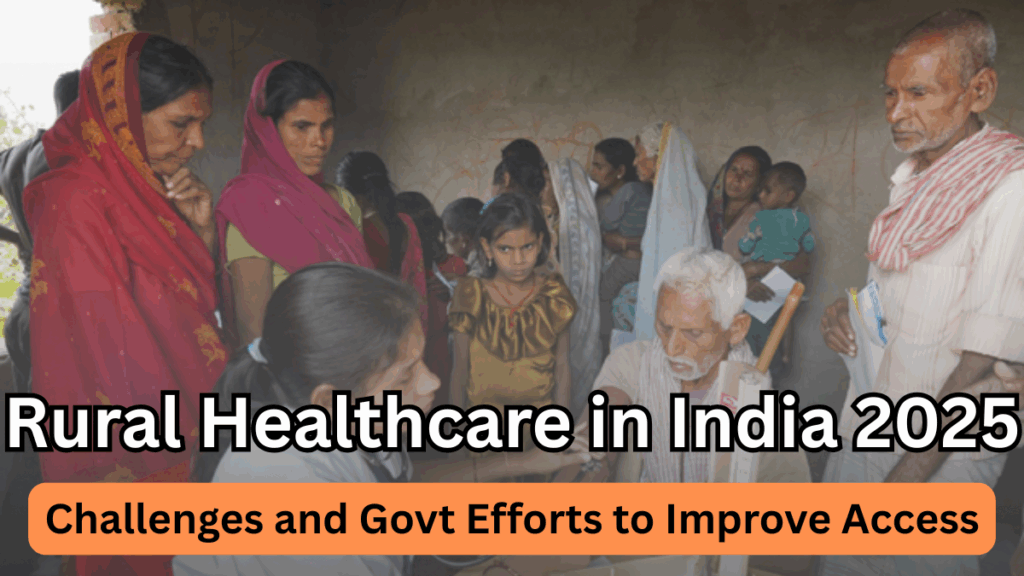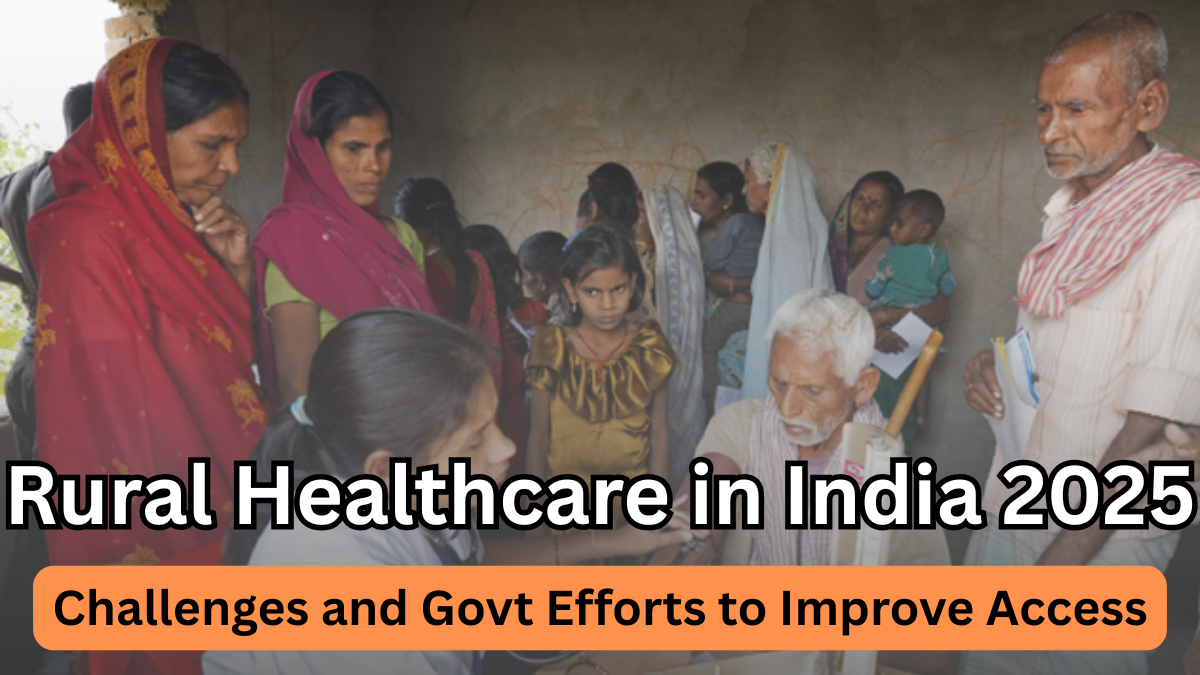India’s rural population forms the backbone of the country, yet when it comes to healthcare, villages often remain underserved. In 2025, improving Rural Healthcare in India continues to be a top priority for the government. From inadequate infrastructure to shortages of medical professionals, the journey toward accessible and affordable care for every rural citizen is still ongoing.
This article explores the major challenges, current initiatives, and future plans for enhancing medical facilities in villages across India.

Why Rural Healthcare Still Needs Attention
Despite India’s progress in public health, rural areas face persistent hurdles. Limited access to medical facilities in villages leads to delays in treatment, higher mortality rates, and preventable diseases spreading unchecked.
Some key challenges include:
-
Inadequate infrastructure – Many Primary Health Centres (PHCs) lack essential medical equipment and diagnostic tools.
-
Shortage of medical professionals – Doctors often prefer urban postings, leaving rural clinics understaffed.
-
Poor transportation facilities – Patients struggle to reach hospitals during emergencies.
-
Lack of awareness – Health education is limited, resulting in late diagnosis and poor treatment adherence.
Government Efforts to Improve Rural Healthcare in India 2025
The government has introduced multiple programs to strengthen Rural Healthcare in India 2025. These initiatives aim to bridge the urban-rural gap in healthcare access and ensure that villagers receive timely and quality treatment.
Key Government Initiatives:
-
Ayushman Bharat – Health & Wellness Centres (HWCs): Converting sub-centres into comprehensive health units.
-
Mobile Medical Units (MMUs): Bringing healthcare to remote and inaccessible areas.
-
Telemedicine Projects: Using digital platforms to connect rural patients with specialists in urban hospitals.
-
Recruitment Drives for Rural Postings: Encouraging young doctors to serve in villages with financial incentives.
Overview of Rural Healthcare Facilities (2025)
Here’s a snapshot of the current healthcare network serving rural India:
| Healthcare Facility | Number in Operation (2025) | Purpose |
|---|---|---|
| Sub-Centres | 1,55,000+ | Basic care & maternal-child health |
| Primary Health Centres (PHCs) | 25,000+ | First point of medical consultation |
| Community Health Centres (CHCs) | 5,600+ | Advanced care & emergency services |
| Mobile Medical Units (MMUs) | 1,200+ | On-the-move healthcare |
The Road Ahead for Rural Healthcare
While improvements are underway, more focused efforts are needed to make medical facilities in villages truly reliable. This includes:
-
Expanding telemedicine networks for specialist consultations.
-
Training local health workers for primary care delivery.
-
Increasing budget allocation for rural health infrastructure.
-
Promoting public-private partnerships for better healthcare delivery.
FAQs
1. What are the main challenges in Rural Healthcare in India 2025?
The primary issues include inadequate infrastructure, shortage of trained doctors, poor transportation, and limited health awareness in rural communities.
2. What steps is the government taking to improve medical facilities in villages?
The government is upgrading PHCs into Health & Wellness Centres, deploying Mobile Medical Units, and implementing telemedicine programs to enhance healthcare access.
3. How does telemedicine benefit rural areas?
Telemedicine connects rural patients with urban specialists, reducing the need for long-distance travel and ensuring timely diagnosis and treatment.
4. Are there incentives for doctors to work in rural areas?
Yes, the government offers financial incentives, career benefits, and special recruitment drives to encourage medical professionals to serve in villages.
Click here to learn more
